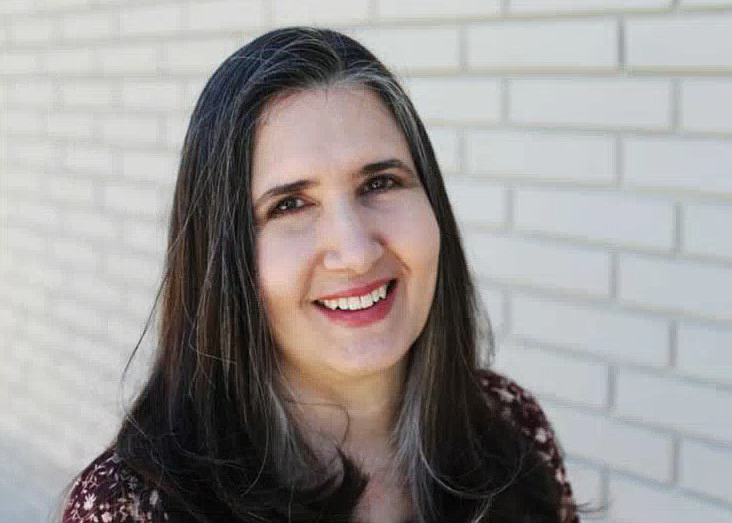A what’s what of Nederland
Even if you’re not a soccer fan, odds are at least one World Cup game has already graced your television. An estimated 5 billion people, 62% of the world's population, are watching this year’s competition in Qatar — more than twice the viewership of the last Olympics.
That, as much as athletic prowess, is what makes the Cup so special: The light it shines on people, nations, and cultures different from one’s own. They learn about us; we learn about them.
After a hard-won game against Iran on Tuesday, on Saturday morning Team USA is set to play The Netherlands, another nation sporting a red, white, and blue flag. If I were laying odds, I’d say based on the limited geography most of us learn, the average American isn’t sure exactly where and what The Netherlands is.
Dutch? Holland? Amsterdam? The Hague? What’s what and who’s who?
Name, area: The Netherlands, informally known as Holland, is a lowland country in northwestern Europe, bordered by the North Sea, Belgium and Germany. Its picturesque landscape dotted with tulips, windmills, rivers and canals make up some of the best cycling routes on the planet.
The Dutch “Nederland” means low-lying land. Two of its 12 provinces compose an area called north and south Holland (“Houtland” or wooded land). Now a densely populated 41,453 square miles, in Medieval times the country was much smaller and called Holland.
Amsterdam is the nation’s capital, in what became the province of North Holland.
Population; language: The nation’s 17.6 million people officially speak Dutch, although most are also fluent in several languages, such as English, French and German.
Government: While the Kingdom of the Netherlands was founded in 1579, it’s been a constitutional monarchy since 1814. The Crown governs jointly with the States General (Staten-Generaal), or parliament, consisting of a Senate (elected by a council of the nation’s 12 provinces) and House (popularly elected). The Hague is a city and the administrative seat of government, as well as the location of the International Court of Justice, the United Nations’ primary court.
Courts, crime, transparency: According to Encyclopedia Britannica, there is no jury system and appointed judges serve life terms. However, while the courts administer justice in all kinds of cases, they can’t determine constitutionality; that’s left to the parliament and Crown.
Relative to other nations, crime rates are low, according to data assembled by the International Monetary Fund.
The constitution guarantees freedom of the press but does not allow journalists to protect their sources.
Currency, economy: The Dutch are firmly committed to free and fair market principles. Britannica reports The Netherlands has a highly industrialized, market economy with a central role in Europe, including agriculture, natural resource extraction, transportation and heavy industry. They use two currencies, the Euro and U.S. dollar.
Religion: More than half of Dutch people are not religious. According to several sources about 20% are Catholic, 15% Protestant and 5% Muslim.
Health, happiness: Drug use (both legal and illegal) is low. Although the Dutch constitution guarantees the right to housing, homelessness remains a problem in The Netherlands.
A combined public-private health-care system includes universal coverage for all citizens. The government does require copays and health insurance premiums, with basic plans costing a monthly average 120 Euros, or $124.
The Netherlands ranks high on the annual World Happiness Report index, currently at No. 5 (below Finland, Denmark, Iceland and Switzerland, with the U.S. at 16). In related surveys, 90% of Dutch citizens report their life happiness at least 7 out of 10.
The climate must help. Summer highs are a comfortably sunny 72 and winter daytime lows only 34, with little snow.
Profile: The Dutch are widely considered very open, friendly and welcoming of outsiders. Their culture is said to include an intentional focus on human connection; meeting often with friends old or new is considered a necessary element to a happy life.
One more interesting tidbit: At an average 1.838 meters, or 6.03 feet, the Dutch are the world’s tallest.
For a round-trip price comparable to traveling across the U.S., sounds like just the ticket to find some Gezelligheid — that wonderful feeling of being optimally relaxed among friends.
• • •
Sholeh Patrick is a columnist for the Hagadone News Network dreaming of windmills and tulips. Email sholeh@cdapress.com.

